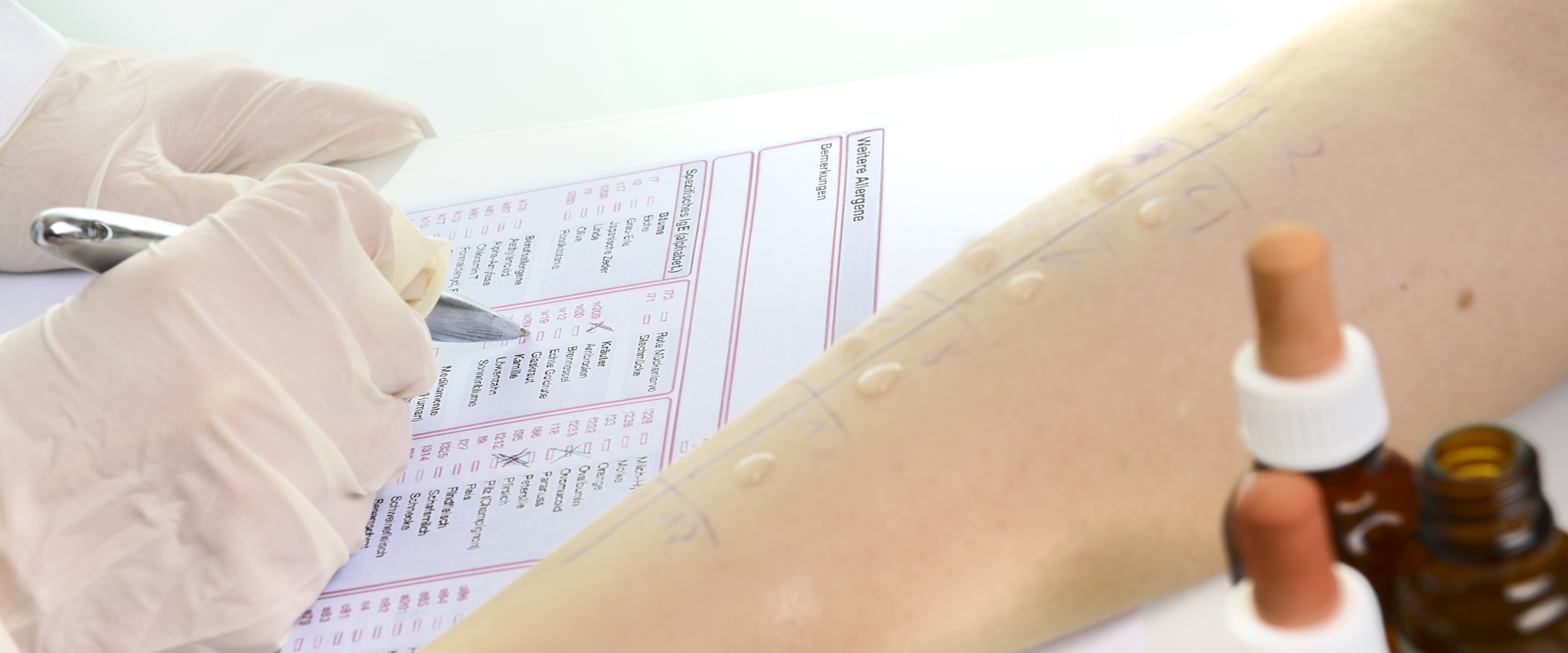Allergo Natur provides help with a considerable amount of information that enables you to gain control of your dust mite allergy. It is important that you recognize your allergy quickly and act accordingly.
In the industrial nations, almost one in every ten people develops an allergy to house dust mites during the course of their life. This problem is especially widespread in the USA, Australia, Asia and Europe. It accounts for approximately a quarter of all allergies that occur, with the house dust mite being the second most frequent allergy trigger. The symptoms of house dust mite allergy are frequently similar to other allergies such as hay fever, which can make a clear diagnosis more difficult. Established test procedures exist, however, for the specific identification of the house dust mite allergy.
Anamnesis
The anamnesis is the first step in the allergy diagnostics. In this context, the allergist should ask which symptoms occur at what points in time. Strong symptoms in the spring and summer, for instance, may actually point to a pollen allergy, while symptoms which occur all year round – especially in the night or early morning when the heating is on – may point to a house dust mite allergy.
Prick test
To substantiate an existing suspicion, the allergist generally carries out a so-called prick test. In this context, standardized test solutions which contain different allergens are dropped onto the lower arm.
If redness or swelling should occur on the tested areas of skin after 15 to 20 minutes, it is to be assumed that an allergic reaction to the appropriate substance has occurred.
Blood test
Recent findings have shown that the prick test alone is unable to constitute a clear diagnosis either for or against a house dust mite allergy. An additional blood test is therefore recommended. Depending on the suspected diagnosis, the blood can be subjected to different tests. The determination of the total IgE provides the first indications about a potential allergic reaction. The IgE is an antibody which occurs in appreciably lower physiological concentrations than other classes of antibody. The increase in the IgE concentration can also be an indication of an allergic reaction. The total IgE is very unspecific however, as it can increase with different allergic and autoimmune reactions. The determination of the specific IgE, however, provides useful information on the existence of a potential allergy. In this context, it is investigated as to whether and to which concentration specific IgE antibodies towards certain allergens exist in the blood. In combination with the total IgE, the result provides a statement as to whether a sensitization against these allergens exists. The measured concentration generally only correlates insufficiently with the severity of the patient’s symptoms.
Nasal exposure test
The last stage of the allergy diagnostics, especially with the house dust mite allergy, is the so-called nasal exposure test. This provides information as to whether an existing sensitization actually leads to allergic symptoms with the sufferer. After an appraisal of the initial status of the patient’s nasal mucosa, the allergist introduces a control solution as well as the supposed allergens in the nose. Should allergic symptoms occur over the course of the next 15 to 20 minutes, the allergy is viewed as being confirmed.
